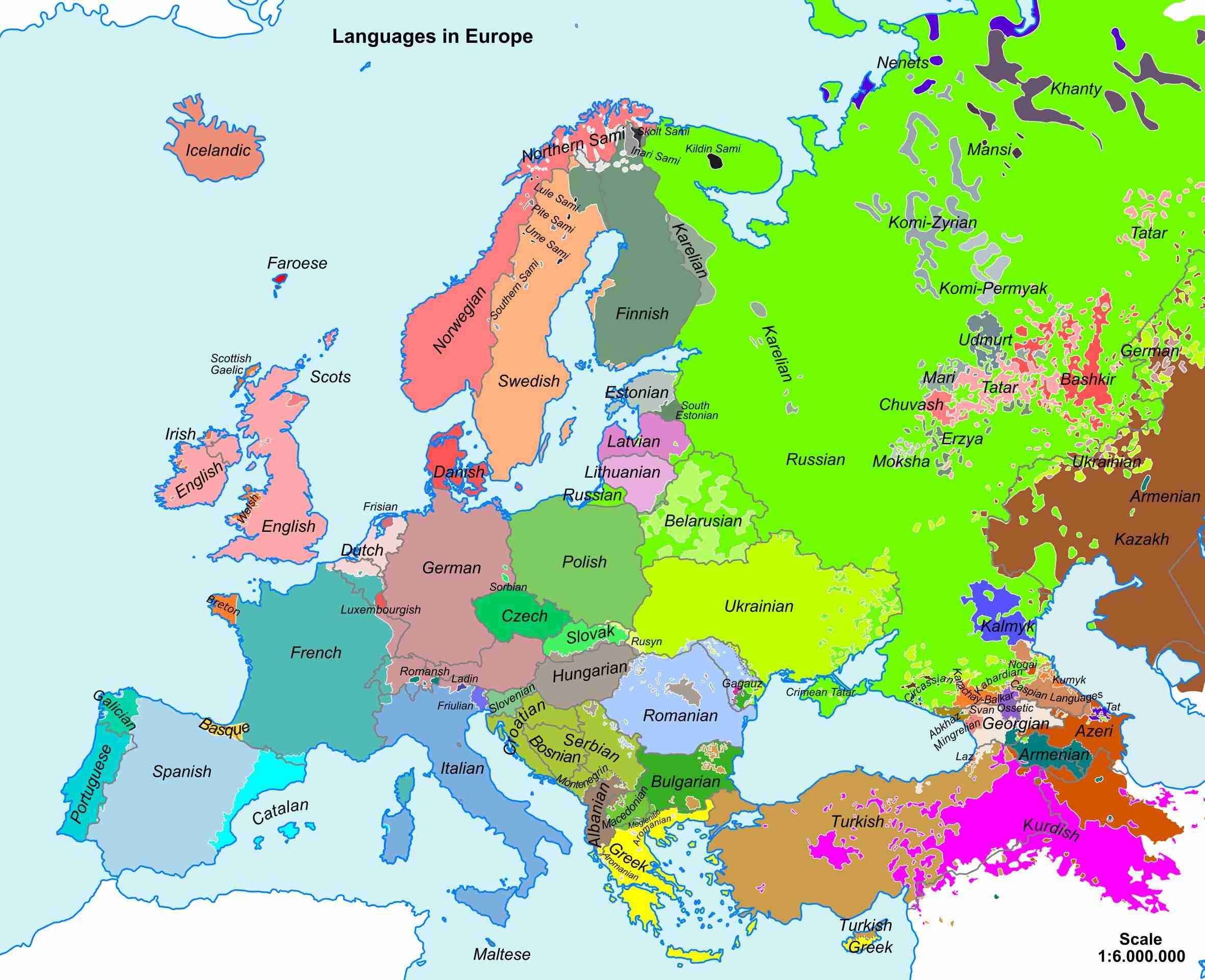
Language is an essential part of human communication and cultural expression. It plays a crucial role in shaping our identities and connecting us with others. However, have you ever wondered how languages are distributed across the globe? It’s a fascinating topic that reveals the diversity and complexity of our linguistic landscape.
In this article, we will delve into eight astounding facts about language distribution that will broaden your understanding of the world’s linguistic diversity. From the most widely spoken languages to endangered ones on the verge of extinction, we will explore how languages are spread across continents and countries.
Get ready to embark on a journey through the linguistic map of our planet and discover remarkable insights into the distribution of languages worldwide. Let’s dive in!
Key Takeaways:
- With around 7,000 languages spoken worldwide, language diversity is amazing and reflects the unique cultures and histories of different communities.
- More than half of the world’s languages are endangered, but efforts are being made to preserve them, ensuring their survival for future generations.
The world is home to around 7,000 languages.
Language is a fascinating aspect of human culture, and with approximately 7,000 languages spoken worldwide, the diversity of linguistic expression is truly astounding. From widely spoken languages like English, Spanish, and Mandarin, to endangered indigenous languages, our planet is a linguistic tapestry.
Over half of the global population is bilingual or multilingual.
In today’s interconnected world, it is not uncommon for individuals to speak multiple languages. With the increasing importance of globalization and the ease of travel and communication, being bilingual or multilingual has become a valuable asset.
The top three most spoken languages are Mandarin Chinese, Spanish, and English.
Mandarin Chinese takes the lead as the most widely spoken language in the world with over 1 billion native speakers. Spanish comes in second with approximately 460 million native speakers, followed closely by English with around 380 million native speakers.
Language distribution heavily influences cultural diversity.
Languages are closely intertwined with culture, and language distribution plays a significant role in preserving cultural diversity. As languages evolve and adapt to different regions, they reflect the unique histories, traditions, and values of the communities that speak them.
More than half of the world’s languages are critically endangered.
While thousands of languages are spoken worldwide, many are on the verge of extinction. Factors such as globalization, cultural assimilation, and the dominance of major languages endanger smaller, less-spoken languages, putting the richness of linguistic diversity at risk.
Language hotspots exist where multiple languages intersect.
Some areas, known as language hotspots, are characterized by an incredibly high concentration of languages. These regions often result from historical events, migrations, or complex cultural interactions and present fascinating opportunities for linguistic research and exploration.
The distribution of languages is affected by migration and diaspora contexts.
Human migration and diaspora communities have a profound impact on language distribution. As people move to new lands and settle, languages spread, mix, and sometimes give birth to new dialects or creole languages, further enriching the linguistic landscape.
Language revitalization efforts are being made to preserve endangered languages.
Awareness of the importance of preserving endangered languages has led to language revitalization efforts around the world. Communities, researchers, and organizations collaborate to document and revive endangered languages, ensuring their survival for future generations.
Conclusion
In conclusion, language distribution across the world is a fascinating topic that highlights the diversity and complexity of human communication. From the dominance of Mandarin Chinese and Spanish to the presence of endangered languages, there is much to explore and learn about how languages are spread across different regions.Understanding language distribution not only provides valuable insights into the cultural and historical aspects of various communities but also plays a significant role in fields such as linguistics, anthropology, and education.As we continue to navigate a globalized world, appreciating and respecting the linguistic diversity that exists is crucial. Language connects people, shapes identities, and bridges gaps between different cultures. So, let us embrace and celebrate the rich tapestry of languages that exist across the globe.
FAQs
Q: Which language is the most widely spoken in the world?
A: Mandarin Chinese is the most widely spoken language in the world, with over 1 billion native speakers.
Q: What is the least spoken language?
A: The least spoken language is Liki, which is spoken by only 6 people in Indonesia.
Q: How many languages are endangered?
A: It is estimated that there are approximately 2,500 endangered languages in the world.
Q: Is English the most spoken language?
A: While English is widely spoken and serves as a global lingua franca, it is not the most spoken language in terms of native speakers. Mandarin Chinese and Spanish have more native speakers than English.
Q: Can languages become extinct?
A: Yes, languages can become extinct when there are no longer any fluent speakers. It is estimated that one language dies every two weeks.
Q: Are there any languages that are gaining popularity?
A: Yes, languages such as Arabic and French are gaining popularity due to factors like population growth and their influence on global economics and culture.
Q: How does language distribution impact culture?
A: Language distribution plays a vital role in shaping and preserving cultural identities. It influences literature, traditions, music, and even how people perceive and interpret the world around them.
Q: Can language distribution change over time?
A: Yes, language distribution can change due to various factors such as migration, colonialism, globalization, and urbanization. Changes in language distribution can have profound effects on society and its dynamics.
Was this page helpful?
Our commitment to delivering trustworthy and engaging content is at the heart of what we do. Each fact on our site is contributed by real users like you, bringing a wealth of diverse insights and information. To ensure the highest standards of accuracy and reliability, our dedicated editors meticulously review each submission. This process guarantees that the facts we share are not only fascinating but also credible. Trust in our commitment to quality and authenticity as you explore and learn with us.


